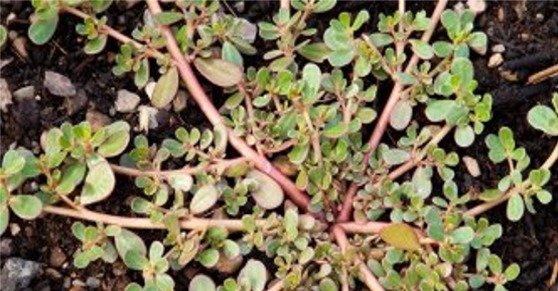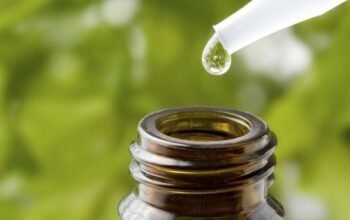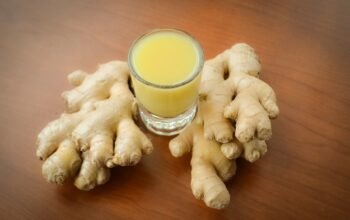In the world of botanicals, many plants are often overlooked as mere nuisances, dismissed as unwanted weeds cluttering gardens and landscapes. However, these misunderstood green companions often harbor incredible health benefits and nutritional properties that have been utilized for centuries by traditional healers and herbalists.
The Hidden Treasure of Common Weeds
Many plants we routinely pull out or mow down actually contain remarkable medicinal and nutritional properties. Take the humble dandelion, for instance. Far from being a garden pest, this bright yellow flower is a nutritional powerhouse packed with vitamins A, C, and K, and loaded with potent antioxidants.
Nutritional Powerhouses in Disguise
Dandelions aren’t alone in their health-boosting capabilities. Other commonly overlooked plants include:
- Chicory: Rich in inulin and fiber
- Plantain: Excellent for digestive health
- Purslane: High in omega-3 fatty acids
- Nettle: Packed with minerals and antioxidants
Safe Identification: The Key to Foraging
While these plants offer incredible benefits, proper identification is crucial. Misidentifying wild plants can lead to serious health risks. Experts recommend several strategies for safe plant identification:
- Use reliable field guides with detailed botanical illustrations
- Leverage plant identification smartphone apps
- Attend local workshops on wild plant identification
- Consult with experienced botanists or herbalists
Critical Identification Features
When identifying edible weeds, pay close attention to:
- Leaf shape and arrangement
- Flower characteristics
- Stem and root structures
- Seasonal variations
Practical Applications: From Garden to Table
Once properly identified, these plants can be transformed into delicious and nutritious additions to your diet. Dandelion leaves make excellent salad greens, while chicory roots can be roasted as a coffee substitute. Nettle can be brewed into a mineral-rich tea, and purslane adds a peppery crunch to summer salads.
Medicinal Preparations
Beyond culinary uses, many of these plants can be prepared as medicinal treatments:
- Herbal tinctures
- Healing infusions
- Topical applications
- Dried herb supplements
Sustainable and Ethical Foraging
As interest in wild plants grows, it’s essential to approach foraging with respect for the environment. Always follow these sustainable practices:
- Harvest only a small percentage of available plants
- Avoid foraging in protected or environmentally sensitive areas
- Respect private property and obtain necessary permissions
- Learn and follow local conservation guidelines
A Holistic Approach to Plant Appreciation
What was once considered a nuisance can now be viewed as a valuable resource. By understanding the hidden potential of common weeds, we can transform our relationship with the green world around us. These plants represent not just potential nutrition and medicine, but a deeper connection to our natural environment.
Whether you’re a culinary adventurer, a natural health enthusiast, or simply curious about the plants in your surroundings, exploring the world of edible weeds offers a fascinating journey of discovery. Always approach with caution, learn continuously, and appreciate the remarkable diversity of nature’s botanical offerings.






